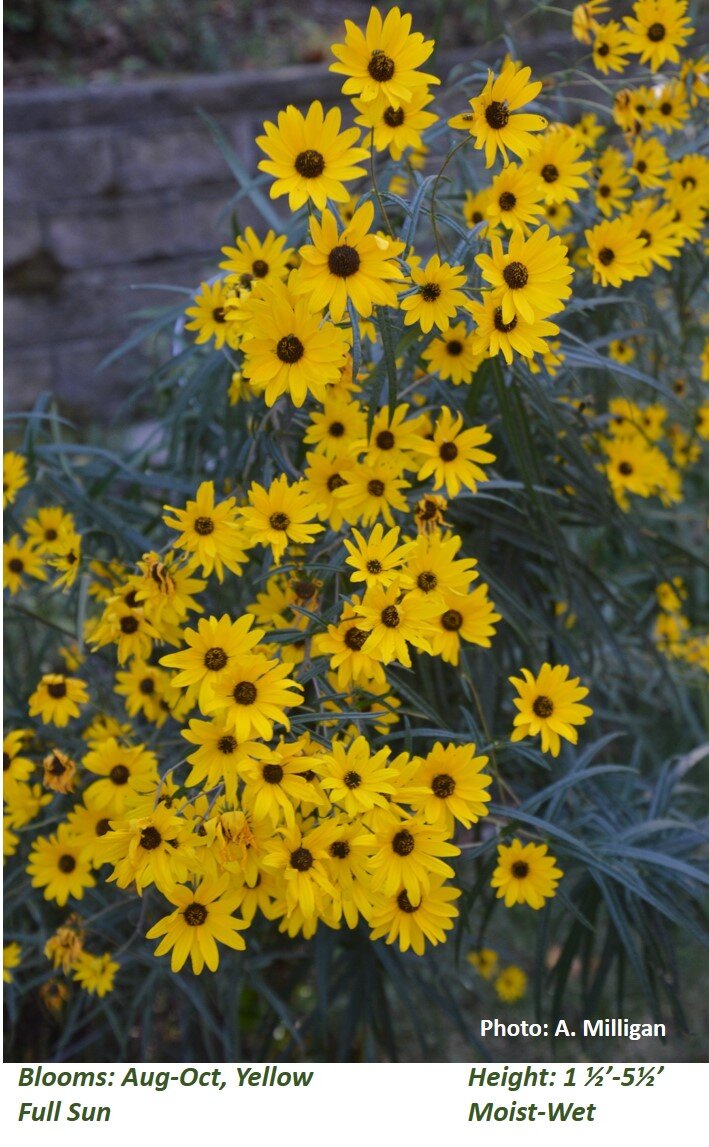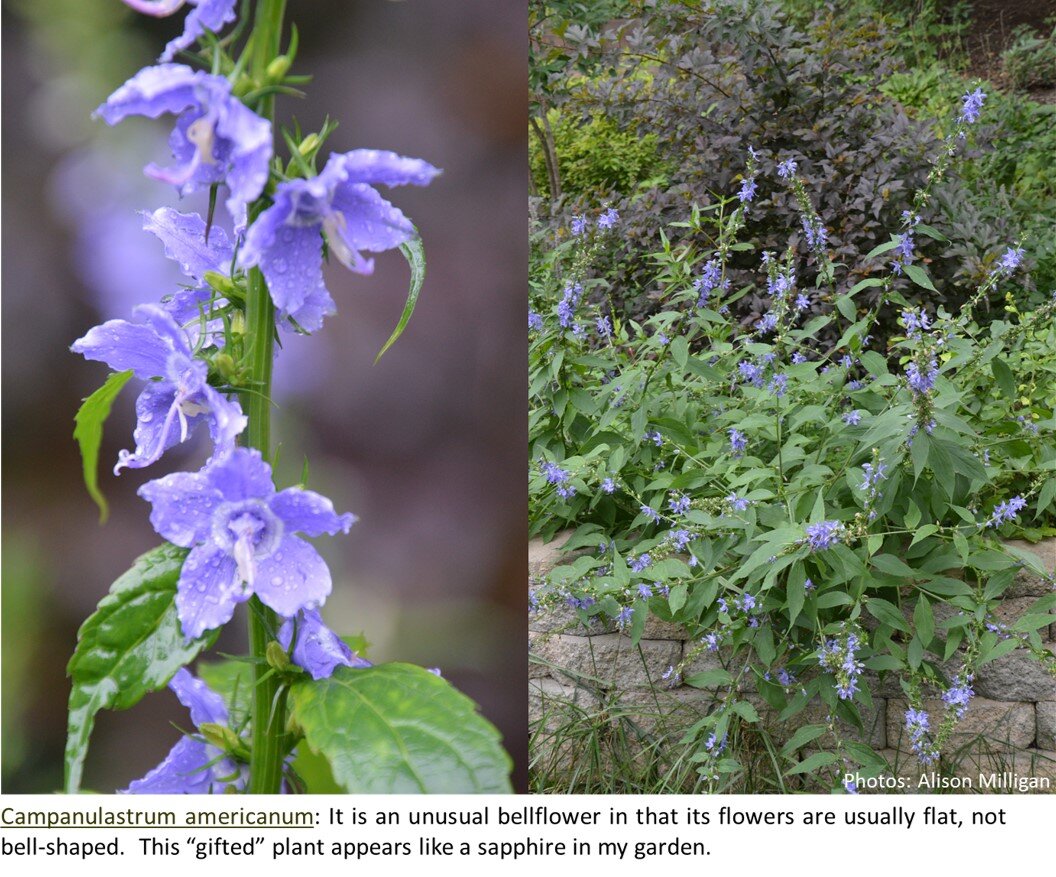February’s Native Maryland Plant
Pinus strobus L.
(PIE-nus STROE-bus)
Common Name: Eastern White Pine
Evergreen plants are commonly requested by homeowners who are often interested in hiding an unsightly view, creating a level of privacy or simply because they want to see green in their yard year-round. Given the space and adequate light, Pinus strobus is an evergreen tree that I am happy to recommend for these situations. This tree is a monoecious¹ conifer² that will thrive in a well-drained sunny location; its soft, flexible needles can be brushed up against without making a scratch and its dense branches provide habitat for birds and other fauna. In my yard I use multiple trees of this species to add privacy from my neighbors – I also get the added benefit of providing a year-round habitat for many birds and insects.
Pinus strobus is the only white pine (5-needled) native to the eastern United States, it is the tallest conifer in eastern North America and is the state tree of Maine and Michigan. Although it is evergreen it does drop its needles, which acidify the soil and provide excellent weed suppression.
If planted in high pH soil (above 7), white pines may exhibit yellowing of the needles, a sign of iron chlorosis. Adding an acid fertilizer and mulching with shredded oak leaves can help lower the pH, making it more suitable for this beautiful tree to thrive.
¹ Male and female flowers are found on a single individual
² Cone-bearing with needle-like leaves
NOTE: Asian Ladybugs can be distinguished from our native ladybug by looking for a distinctive black ’M’ on its head. They generally have more spots than the native insect, which has four per wing. Asian ladybugs are more aggressive than our native insect and can even ‘bite’. By knowing how to tell the difference you’ll avoid handling the one that may bite you!
~ Alison Milligan – Mstr. Gardener/Mstr. Naturalist/Mstr. Watershed Steward
Chesapeake Bay Landscape Professional (CBLP)








